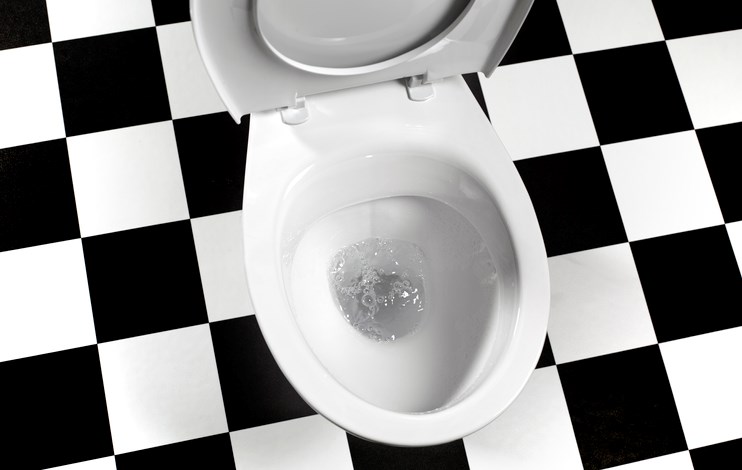Testing sewage can help rapidly identify COVID-19 infection levels, including the rise of virus variants, UBC researchers say.
“Everybody uses the toilet,” Prof. Ryan Ziels said. “We passively collect material from everybody.”
Ziels and his team of environmental microbiologists, engineers and epidemiologists at UBC and the B.C. Centre for Disease Control analyzed five Metro Â鶹´«Ă˝Ół»municipal wastewater plants’ sewage samples during a period of increased COVID-19 case counts from February to April 2021.
The results showed that viral concentrations closely tracked the numbers of clinical cases in the region.
“The researchers also found the frequency of mutations associated with variants of concern in wastewater strongly correlated with trends in clinically diagnosed cases in the community,” said Ziels, an environmental engineering researcher who studies microbial ecology.
“Like many other diseases, the SARS-CoV-2 virus is shed in feces during infection, and viral genome fragments can be detected in municipal wastewater.
What the team has done is collect samples at plant entry points in 24-hour batches. RNA – or ribonucleic acid, a molecule similar to DNA – is collected and sequences of genomes (set of genes or genetic material) are then sequenced to determine the presence of the virus.
“We think this is a valuable tool,” he said.
Ziels said he’d previously developed a fast and accurate sequencing technique using handheld DNA sequencers. With some modifications, the team used the technology to measure coronavirus genome fragments in Vancouver-area wastewater samples.
Ziels said wastewater testing can provide early warnings of mutations.
“With genome sequencing of wastewater, we can detect increases in mutations associated with variants of concern, and we provide this information to our health authorities as an additional aid in their public health strategies,” he said, noting genome sequencing helped determine in which Metro Â鶹´«Ă˝Ół»sewer-sheds variants were becoming more dominant.
“Rapid sequencing of viral information allows us to provide very fast turnaround; we provide reports to update our medical health officers in as little as three to four days from sample collection,” he said. “Wastewater testing can be useful when clinical testing is difficult or lacking at a municipal scale.”
The Metro Â鶹´«Ă˝Ół»regional district in March launched a to indicate the presence of COVID in the region’s wastewater.
At that time, the regional district said, “While SARS-CoV-2 can be shed in the feces of people with COVID-19, there is no information to date that anyone has become sick with COVID-19 because of direct exposure to treated or untreated wastewater.”
And, Ziels with caution, there is a growing amount of research indicating the virus cannot grow in wastewater.
“However, it is still early,” he said. “We still need a lot more research in this area.”



